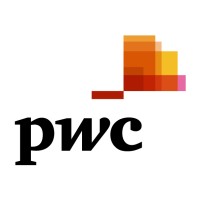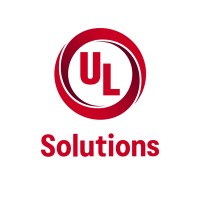
PwC
At PwC, we help clients drive their companies to the leading edge. We’re a tech-forward, people-empowered network with more than 370,000 people in 149 countries. Across audit and assurance, tax and legal, deals and consulting we help build, accelerate and sustain momentum. Find out more at www.pwc.com. PwC: Audit and assurance, consulting and tax services PwC refers to the PwC network and/or one or more of its member firms, each of which is a separate legal entity. Content on this page has been prepared for general information only and is not intended to be relied upon as accounting, tax or professional advice. Please reach out to your advisors for specific advice.






